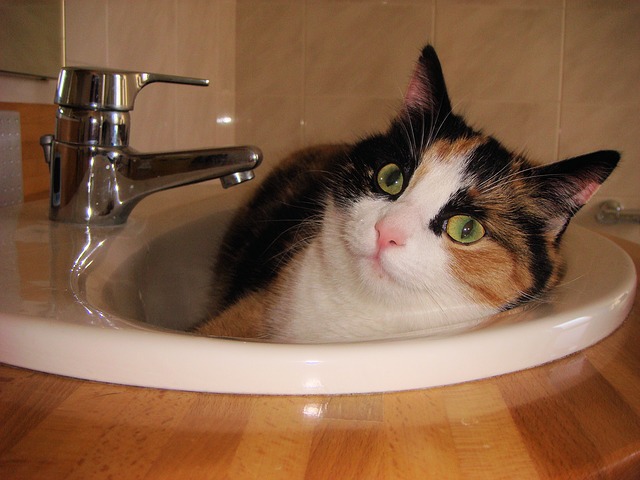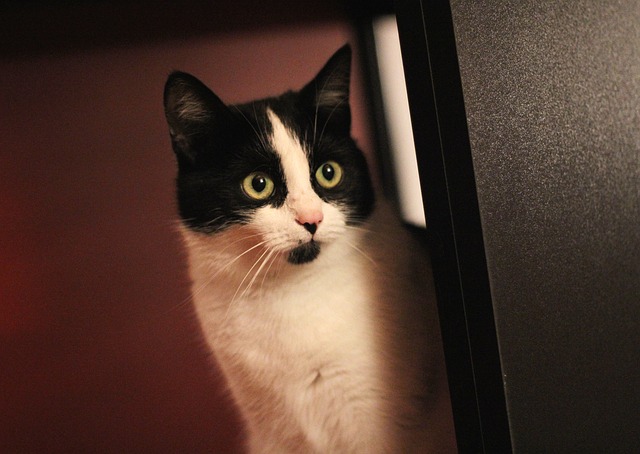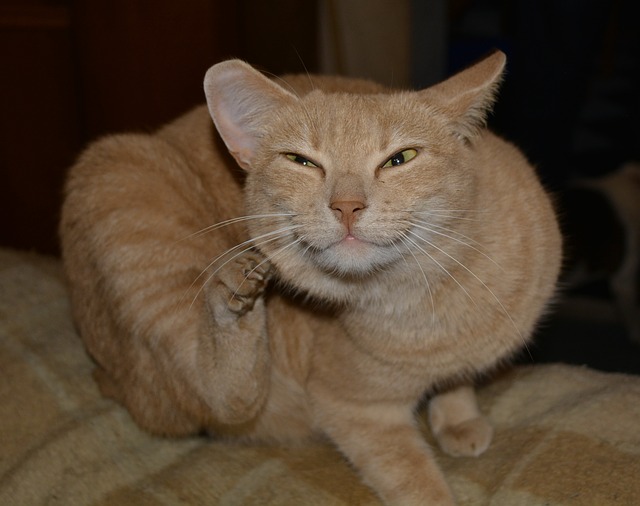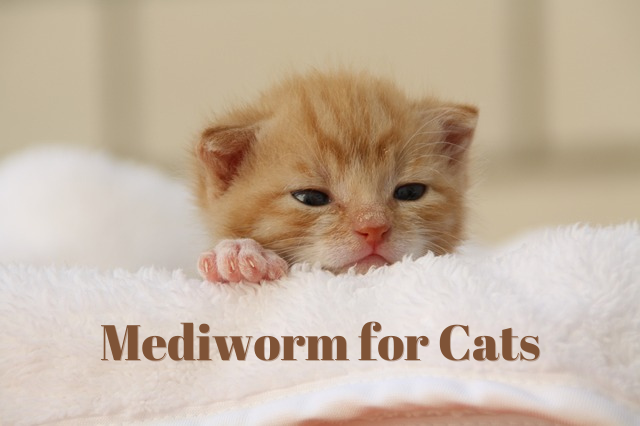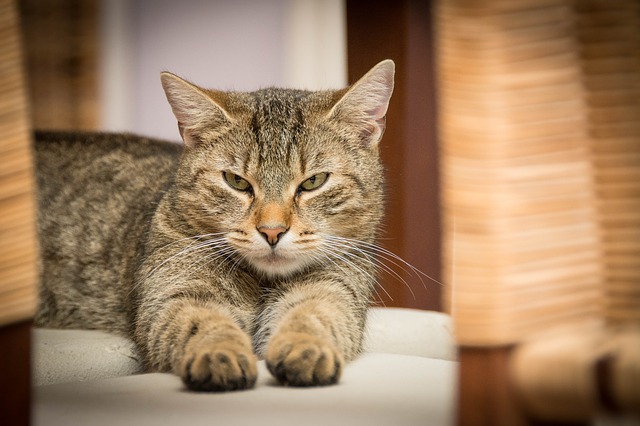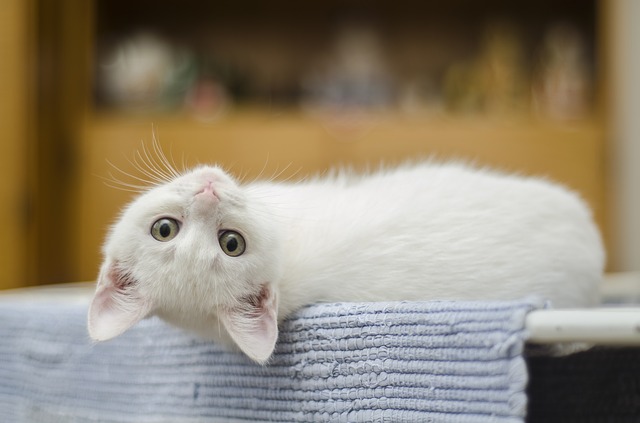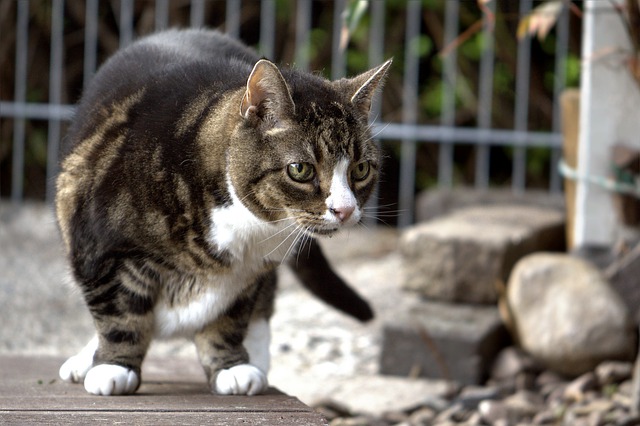Diabetes Symptoms in Cats
Diabetes is a condition where a
Since the topic of today’s article deals with the clinical signs of
Feline diabetes – Common clinical signs
First of all, there are two types of feline diabetes. You might have heard that humans can have either type I or type II diabetes. But what does this mean?
Type I involves the destruction of the cells where insulin is processed in the pancreas, which means that the pancreas would do the job but it can’t. Type II is often less severe than type I and it is also often non-insulin dependent. You’ll be glad to know that most cats tend to suffer from Type II diabetes, not Type I (unlike their canine counterparts).
Main symptoms
There are early and later signs of diabetes in our feline friends. Here are some of the most common ones.
Early Signs
- Weight loss and a higher appetite — most diabetic cats can’t absorb the glucose present in their blood, which means that they will lose weight, but try to compensate by eating more food than they normally would
- Excessive thirst and urination — the
cat ’s kidneys are trying to get rid of the glucose (ideally, there should be no glucose in an animal’s urine, ever). With an increase in urination, you will also notice an increase in thecat ’s appetite for water as she’s basically trying to counterbalance possible dehydration.
Late Signs
- Lethargy — whether your
cat is suffering from hyper- or hypoglycemia, she might become lethargic, vomit, or show no interest in food in the later stages of the disease - Odd walking or unsteadiness — since diabetes is a disease that can affect the nervous system, it can also lead to changes in how your
cat walks or moves. Diabetic neuropathy affects the nerves in thecat ’s hind legs, and it can even cause permanent paralysis if it’s left untreated - Vomiting — this is a sign that the waste is building up in the
cat ’s body. It usually happens as the body starts using fat for energy instead of glucose. Most of the toxic compounds resulting from this ketosis aren’t eliminated quickly enough, so thecat ends up throwing up. If the vomit is dark and resembles coffee grounds, thecat might already be suffering from kidney failure
There are other general clinical signs that you can notice in a diabetic
A
Treatment
In most cases, feline diabetes can be treated with insulin, but it’s far better to diagnose the disease in its early stages.
Organ failure can happen as the disease progresses, and once your
Don’t try to self-diagnose your
How can feline diabetes be diagnosed?
The only thing that can reveal whether your
Both blood and urine samples are useful. As I noted, urine shouldn’t contain any glucose because that means that the animal’s body is incapable of absorbing it. However, high blood sugar can also be a result of stress, so it is important for you to give as much possible information to the vet, especially if you’ve recently moved, remodeled your home, or anything else that might have been stressful for your
Why a cat ’s pancreas is involved in diabetes
The endocrine function means that the organ is in charge of producing insulin, whereas the exocrine one involves producing several enzymes that aid the digestive process. For example, if you, as a human, have a meal that’s unusually rich in fats and you want to make sure that your pancreas is up to par, you could take a pancreatic enzyme complex.
These products usually contain all of the three enzymes that the pancreas produces — amylase, lipase, and protease. As their names suggest, they help mammals digest starches, fats, and proteins.
Preventing cat diabetes
Overweight and older cats are far more predisposed to becoming diabetic than ‘fitter’ and younger ones. So, the best way to make sure that your
Most cats develop Type II Diabetes, and this type is reversible. That means that, if your
With diabetes, taking your
A final word on insulin therapy
Cats are very different, and that’s why they might respond differently to insulin treatment. Most pet parents can be taught to give their cats insulin shots, but there are different types of insulin available out there, and each has various effects and works differently. Add that to the variability from one
During the first few days of insulin therapy, your
